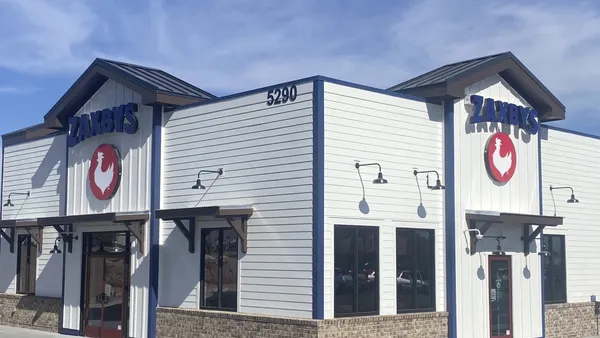Kristi Turner is the CMO of restaurant management software firm Compeat.
According to the Bureau of Labor Statistics, the national unemployment rate is at its lowest rate in a decade at 4%, but the hospitality industry’s current turnover rate remains high at 73%. There are many reasons why employees cite leaving their jobs, but pay and hours consistently make the list. The restaurant industry needs to change this statistic by building a better schedule to improve employees’ hours; it’s a strong first step toward better employee retention.
Let’s face it, one of the biggest pains for management no matter the size, style or location of the restaurant, is creating and maintaining employee schedules. Whether it’s one person’s job or a shared responsibility of the management team, it is important to utilize a consistent form of scheduling to ensure that your staff can work the hours they need in order to receive the pay they expect. Here are a few best practices for creating your schedules that will save you money and time, reduce the stress of creating schedules and improve employee retention.
1. Develop a standard scheduling style
First and foremost, choose your standard schedule style. This is what your staff will become familiar with and it can be very difficult for employees to follow if it changes often.
-
For smaller restaurants, you can create one core schedule. This will work just fine if your staffing levels are low on a daily basis.
-
For medium and franchise restaurants, you may want to create two schedules: one for your day shifts and the other for your evening shifts. Splitting shifts makes the schedule easier to build and manage for managers and easier to read for employees.
-
For larger restaurants with high volume and staff, try can create sub-categories of your schedules. You might want one for front of house employees, for example, and another for your back of house employees. To really clean up your schedules, you can also filter down into day-part and job function. For example, you might make a precise AM Server Schedule alongside a PM Server Schedule. No matter the style of schedules you choose to make, it is important to keep that style consistent to eliminate any errors or oversights.
2. Create consistent schedules
An inconsistent schedule is disruptive to work/life balance. It means that employees are not able to make personal plans until after the schedule has been posted. Even accomplishing mundane tasks like organizing a dentist appointment or having the car serviced has to be put on hold, which causes undue stress and resentment towards work. Set a firm date and time that schedules will be posted by to create a routine and stick to it.
3. Improve your forecasts
You may have a great intuition about guest and sales volume, but historical trends will show you the actual data so you can be better informed when you build your labor schedules. Look at trends for guest count, projected and historical sales, weather, special events and other factors to determine the appropriate levels of staff to have on hand for the day of business. Schedule templates are often handed down from one manager to another with no revision in between to account for seasonality. This can lead to employees’ having stressful shifts due to understaffing or them being cut early and losing pay due to overstaffing. In today’s technology driven world, you don’t have to guess anymore because the data is easily available.
4. Schedule to preferences
An employee with young children may not want to work every weekend, while someone in school may not be available on any given weekday. Identifying what people’s preferred work schedules are and doing your best to adhere to them can go a long way towards employee satisfaction. Furthermore, you are less likely to have someone no-show or call in sick if they are scheduled for a shift that they want to work rather than one that they must work.
5. Honor time off requests
Working holidays is something that many restaurant employees and their families have become accustomed to, but other important events come up too, like weddings and birthdays. Accommodating requests off to allow your employees to have a life outside of work goes a long way towards employee satisfaction.
To save yourself trouble when it comes time to building your schedule, create a few rules for requests off. For example, you might look at rules such as lead time. This can include stipulations like ‘requests must be submitted 10 days out of the shift in question’, or ‘employees cannot swap shifts with 12 hours of the start time’. You can even note blackout dates where employees cannot request dates off. Holidays are especially troublesome when it comes time to scheduling, and by blacking out Christmas Eve or Valentine’s Day, you can control the intake of requests much more easily and review them on an individual basis.
6. Give employees some control
Automating your schedule makes them more easily accessible, gives employees empowerment, and reduces the burden on managers. Often, someone needs to swap, drop, or pickup shifts. To tackle this, you might consider using a shift trade book or posting, where employees can self-manage these activities. This has the knock-on effect of allowing the manager to approve all changes in one place. A scheduling app can prove the best way to easily manage and maintain this process.
While having adequate staff on hand to accommodate your guests is your top priority, keeping your staff happy is a close second. It is expensive and time consuming to hire and train new employees. Good scheduling processes can positively affect employee satisfaction which ultimately impacts your bottom line.











